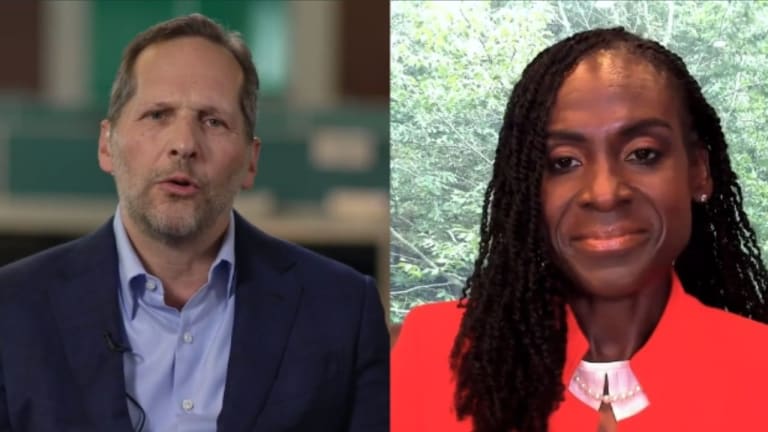
The secret to upskilling? Diversity of thought
Learning & Development#Perspectives2021#GetSetLearn
Failing to close the talent gap in the digital era could cost super economies a staggering US$2.5tn, data from Deloitte revealed. Part of the solution – according to Skillsoft CEO Jeff Tarr – is in skills transformation.
"Companies need to rethink their talent model, both internally and externally. And how can they do that? We believe it's by creating a culture of learning; a culture where every team member, every employee is striving to develop new skills and capabilities and striving to be better every day," he said.
Tarr led the keynote on how to turn the skills gap into a talent revolution, during Skillsoft's #Perspectives2021 conference.
"Our focus is to help our customers create that culture of learning. At the same time, as the leader of a company myself, I'm facing the same challenges. In fact, I believe that to credibly deliver learning solutions to you, we must role model a culture of learning inside our own enterprise," he said.
The term 'culture of learning' is shorthand for the wider commitment that innovative firms have – to become the training ground for skills of the future – just as the war for talent intensifies today.
On the virtual stage, other transformation leaders, Charlene Thomas of UPS and Kim Akers of Microsoft, joined Tarr.
"We are intentional about upskilling our people by harnessing their diversity of thought," said Thomas, who serves as Chief Diversity, Equity and Inclusion Officer at UPS.
Diversity of thought means leaders at UPS are tapping into the knowledge and expertise of a diverse workforce and "making sure we create a wealth of information and perspectives from our people so that we can accomplish our enterprise goals," she said.
"Starting with [the introduction of the] diversity, equity and inclusion officer, being the first CEO direct-reporting role, we wanted to be deliberate to make sure we were listening to our people."
In the case of UPS, the call to be inclusive is ingrained in its learning culture.
"It's an investment. It's a cultural journey. It's a learning opportunity. And you want to make sure that, as you go through this, that everyone is holding hands, recognising that you're learning together," Thomas said.
"Everyone has to be in it with the intent of driving forward change. Progress happens when everybody gets to participate and be a part of the solution."
Like UPS, Microsoft is also on a "mission to enable every person on the planet to achieve more," said Kimberly Akers, Corporate Vice President at Microsoft.
"When you think about that mission, it's underpinned by learning. We can't achieve more if we don't have the skills and capabilities to do so. As a company, learning is critical to us as we think about how we achieve our mission.
"We have a strategy that encompasses three pillars. The first is to foster a learning culture. The second is to build up the capability and empower the learner. The third is to use all of that learning and capability-building to fuel growth and innovation," Akers said.
"You don't change a culture or transform a company overnight. If we think about the journey that we've been on, it really started about seven years ago, when Satya Nadella became the CEO."
The organisational culture at Microsoft is based on a growth mindset – and Nadella highlighted this.
"Satya sort of described it as, 'We need to find our soul and our purpose and our reason for being' – which is really where you see the mission statement come into play now. And so, we really embarked on this journey of 'Hey, what is our mission? And how do we go about enabling it and changing the culture?'"














